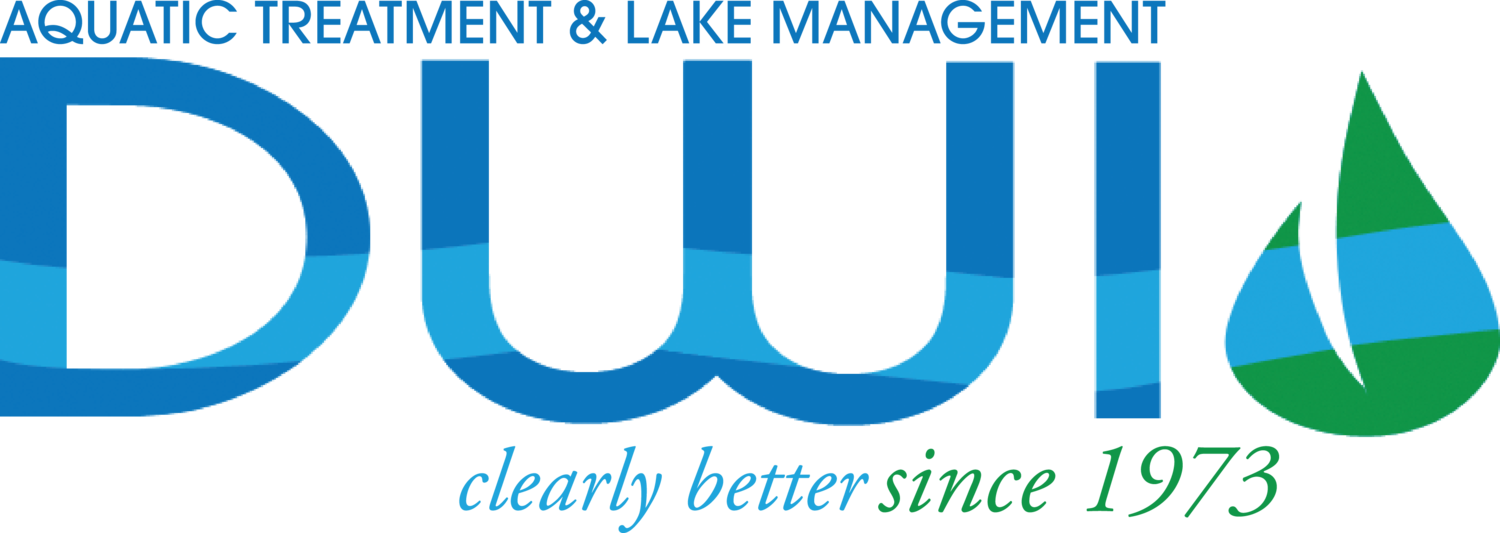By Patrick Simmsgeiger, Founder of DWI
They have existed for nearly four billion years. Vulnerable structures, both man-made and natural have succumbed to their effects. With names such as mustard, red, moss, fungi, green and mold, they take no prisoners. With noxious resolve they stain and rot any wood and clog any screen, filter or pipeline in their path. Welcome to the wonderful world of algae, these simple, microscopic plants. Most noticeable in water, they are also present in the air and on land, and require the same nurturing as any plants do for chlorophyll production.
When not ravaging lakes, streams and the like, their primary function is to maintain the natural balance of life cycles. As humans complicate the cycle by constructing recreational or aesthetic water barriers, these single-celled organisms consider it an open invitation to linger and multiply.
With well over 30,000 varieties, algae have been discovered thriving in the most severe environments. They are comfortable in mountain glaciers, hot springs, and even in waters whose high salinity content obstructs other plant life from prospering. Algae tends to concentrate in shallowest areas and outward into deeper water, even aspiring to attach themselves to a well-ventilated damp well.
Algae seem to have a dual pupose. Although they are engaged in the responsibility of giving life they create quite a stink in the process. But long after humanity vanishes, algae will continue to plunder, as they have since the beginning of time.
Algae is everywhere. Without it, our waters would not sustain life, nor would we benefit from its countless qualities and beauty. But what happens when an ecosystem is stuck with imbalance? We’ve all seen it. Algae can turn your pristine reflection pond into a stagnant bowl of pea soup, or plug your irrigation lake and pumping equipment with slimy strands. Even minor growth around your shoreline can cause loss of water flow and trap debris. So, do you love it or leave it?
The answer is don’t love it and don’t leave it. Rather appreciate it and control it, by educating yourself and following these guidelines:
1. Consult with an experienced aquatic pest control advisor.
2. Establish a seasonal history. It’s likely that your body of water has repeated algae growth season after season.
3. Learn to anticipate its growth. This is where the history comes in handy. Early treatment will save you time and money.
4. Practice tried and true methods for algae control. Avoid the biological potions that are being solicited. It is unlikely that they will provide any significant improvement.
You may be telling your self, “Yes, I’ve experienced some or perhaps all of the problems listed above but no one is complaining and its not hurting anything, Right?” Wrong! Every body of water, both man-made and natural, has a life span. Eventually all that algae you’re allowing to proliferate and then die off at the season’s end are forming sludge. Left untreated, a few feet of water can easily sustain growth of several tons of algae a season. Sooner than later, your water volume will decrease substantially, necessitating dredging long before its time.
Algae Control
How do you treat an ugly algae problem? For best results, a highly refined copper chelate is the best, try our F-30 Algae Control. It’s environmentally friendly and is cost effective. Copper has been given a bad rap lately, and for good reason. For years, application of copper sulfate have been used to control algae but copper sulfate in a non-chelated form will produce copper carbonates and other toxic precipitates that will accumulate on the pond or lake bottom, causing disposal nightmares and stifling aquatic life.
Don’t be afraid to be aggressive when tackling your problem. Follow all the manufacturer’s directions for application, and if you are unsure of dosage rates, or would like some application advice pick up the phone and call the manufacturers technical support. They will be happy to give you a few tips.



